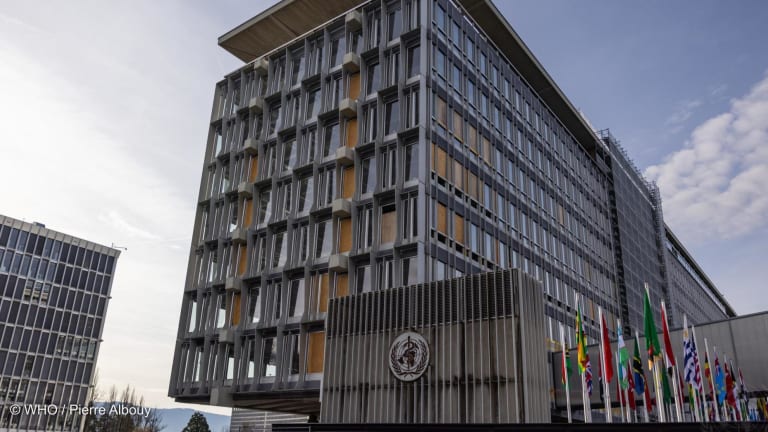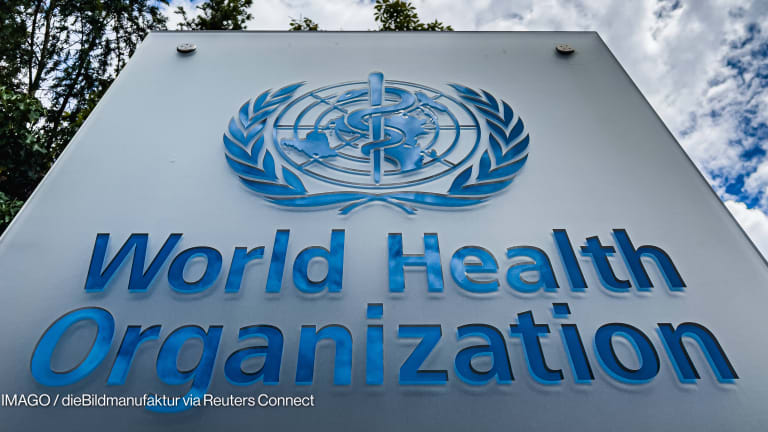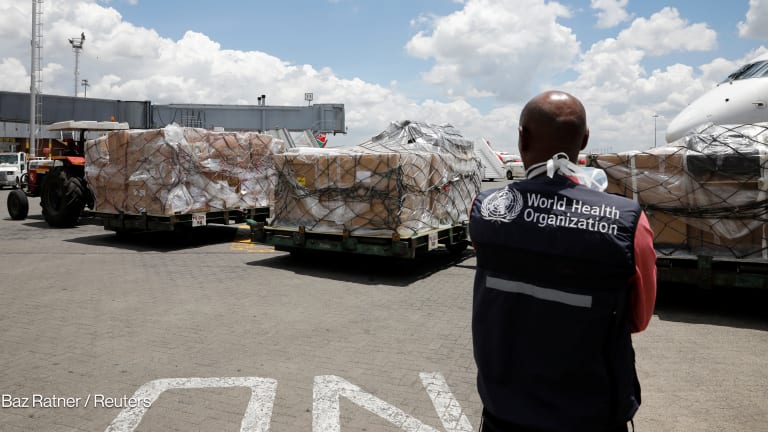U.S. President Donald Trump has accused the World Health Organization of failing to adopt much-needed reforms, citing it as one of the reasons why he withdrew the U.S. from the United Nations body.
But WHO Director-General Tedros Adhanom Ghebreyesus has shot back and defended the organization, saying it “has implemented the deepest and most wide-ranging reforms in the organization’s history.”
Over the past eight years, WHO revamped its organizational structure, introduced new divisions and positions, launched high-profile initiatives, started strengthening its country offices, and pushed for changes in its funding model. In addition, it has pursued nearly 100 reforms to improve WHO’s transparency, efficiency, and effectiveness.
Printing articles to share with others is a breach of our terms and conditions and copyright policy. Please use the sharing options on the left side of the article. Devex Pro members may share up to 10 articles per month using the Pro share tool ( ).








